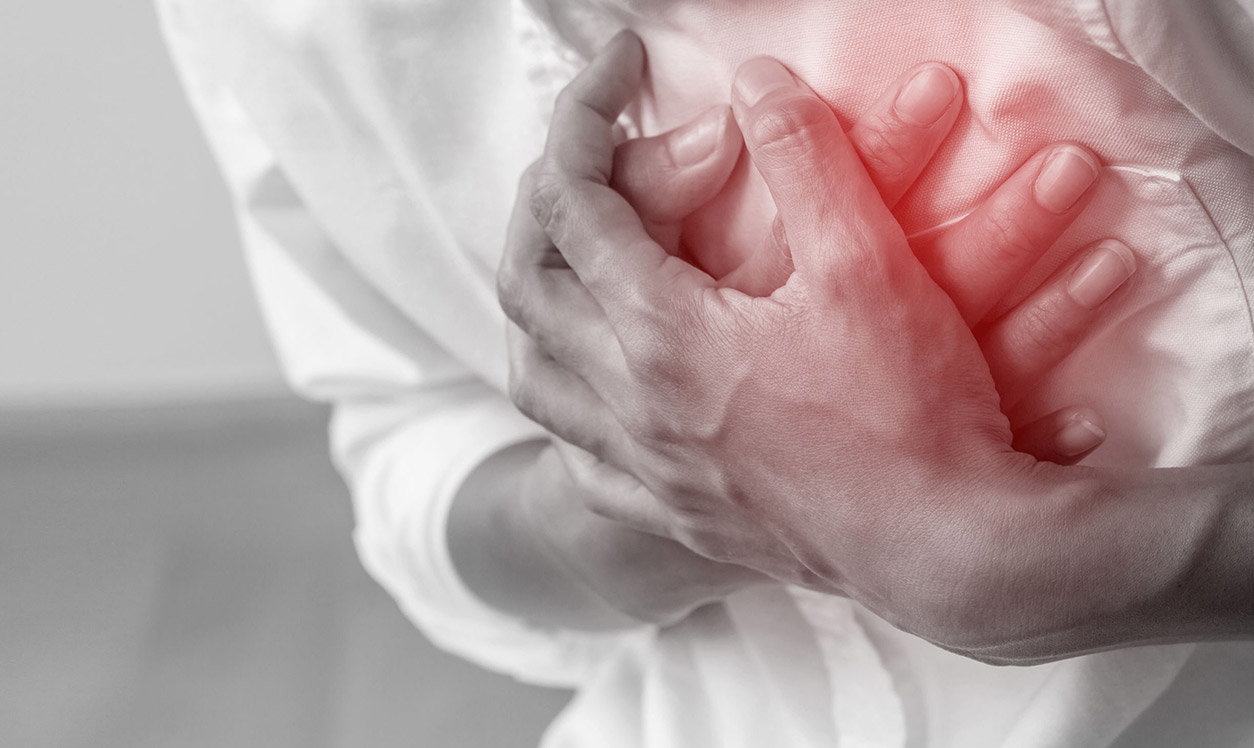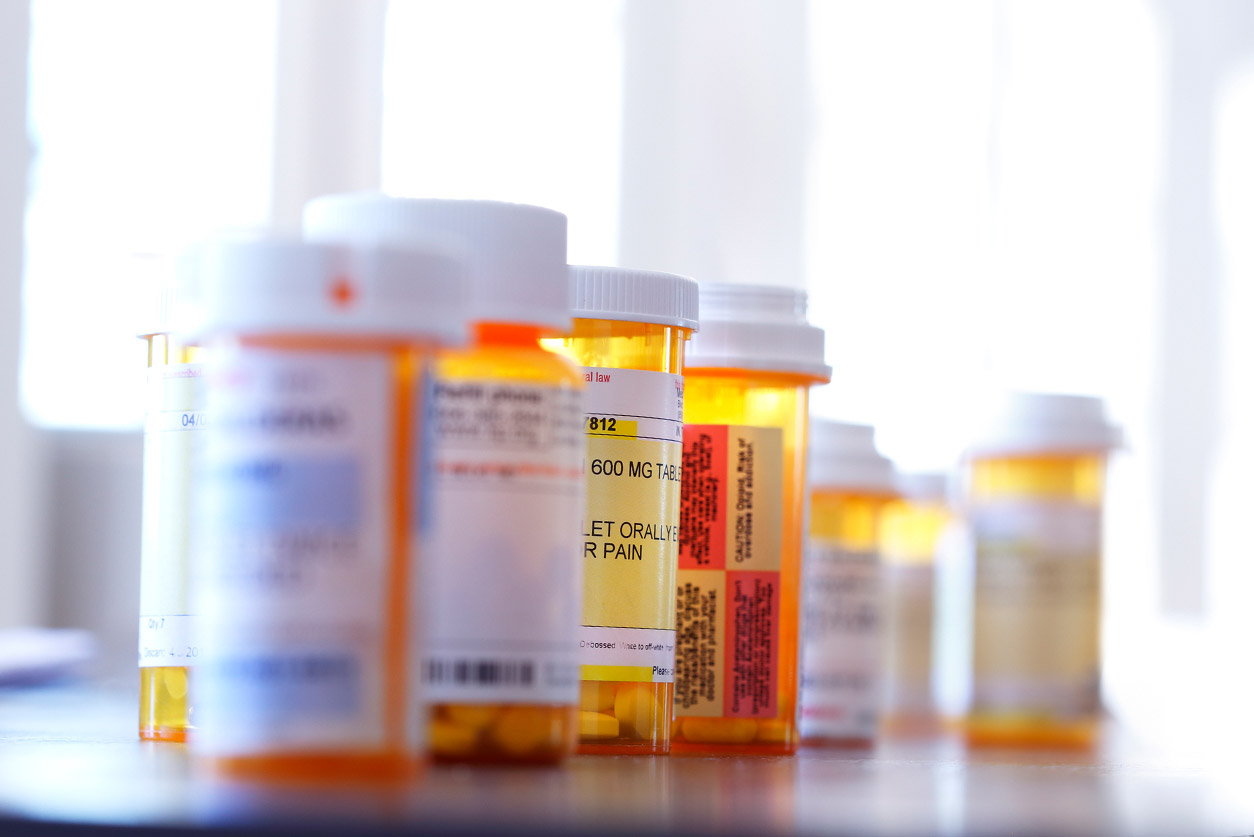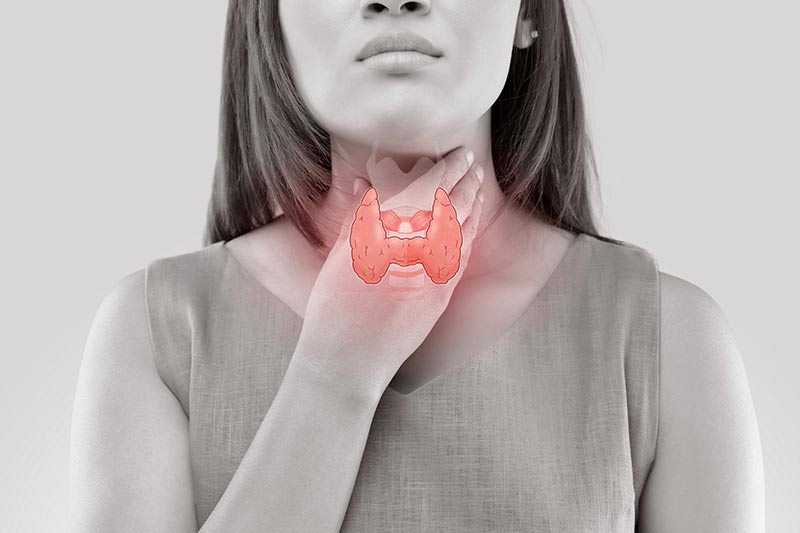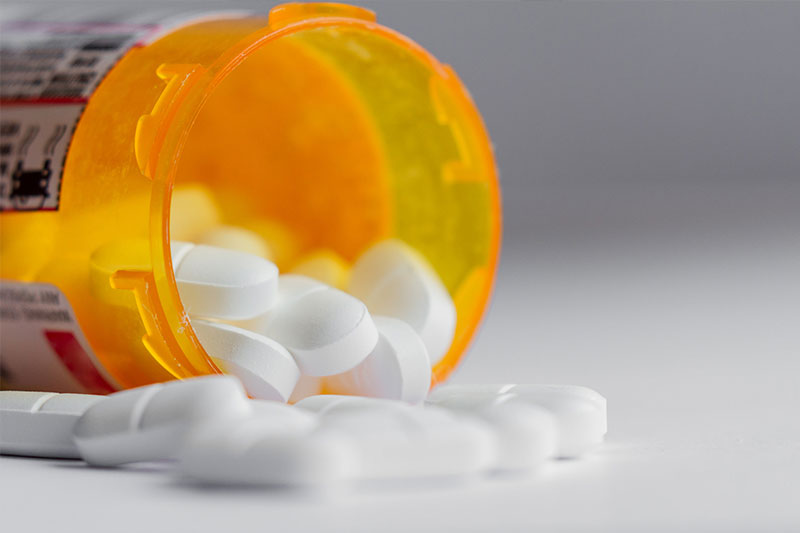Heart disease is the leading cause of death in both men and women in the US, accounting for 1 in 4 deaths annually. The term ‘heart disease’ refers to several types of conditions – the most common of which is coronary artery disease (CAD), which affects the blood flow to the heart. If the blood flow is reduced, it increases your risk of a heart attack.
However, in a lot of cases, patients are not diagnosed with heart disease until they experience signs or symptoms of heart failure, arrhythmia or a heart attack. This lack of awareness means that those affected continue to eat a diet high in saturated fats, drink too much alcohol or continue to smoke when it may be pushing them closer to hospitalization.
It is for this reason that we are breaking down the preconceived notions surrounding heart disease here, and encouraging our readers to be proactive with identifying any symptoms.
Which conditions are considered heart disease?
Heart disease is the umbrella term for countless cardiovascular problems. They can be categorized into the following subsections:
Arrhythmia – A disorder of the heart that affects the rate or rhythm at which the heartbeats, usually caused when electrical impulses that direct and regulate heartbeats do not function properly.
Atherosclerosis – The narrowing of the arteries caused by a build-up of plaque. Arteries are blood vessels that carry oxygen from your heart to the rest of your body, but as you get older, fats, cholesterol and calcium collect and form plaque, threatening your blood supply.
Cardiomyopathy – A disease affecting the heart muscle (myocardium). It impacts the heart's ability to pump blood to the body. There are multiple types, but they each often lead to an irregular heartbeat, heart failure, heart valve problem or other complications if left untreated.
Congenital heart defects – Unlike the others, this is a condition present at birth, which affects the heart walls, valves, and vessels. Defects can range from non-threatening to severe and should be regularly assessed by your doctor.
CAD – The most common form of heart disease. Like atherosclerosis, it occurs when cholesterol plaque builds up in the arteries and threatens their functionality, increasing the risk of a heart attack or heart failure.
Heart infections – While the heart is well protected against infection, it is possible for bacteria to bypass the immune system. Conditions like endocarditis are caused by such instances potentially damaging the heart valves and disrupting blood flow.
What are the symptoms of heart disease?
Different types of heart disease naturally have varying symptoms. Aside from chest pain and shortness of breath, these symptoms can range from a skin rash to weakness in your legs and arms – depending on what you are suffering from. For this reason, we will focus on CAD’s symptoms as, statistically, it is more likely Americans will suffer from this form of heart disease.
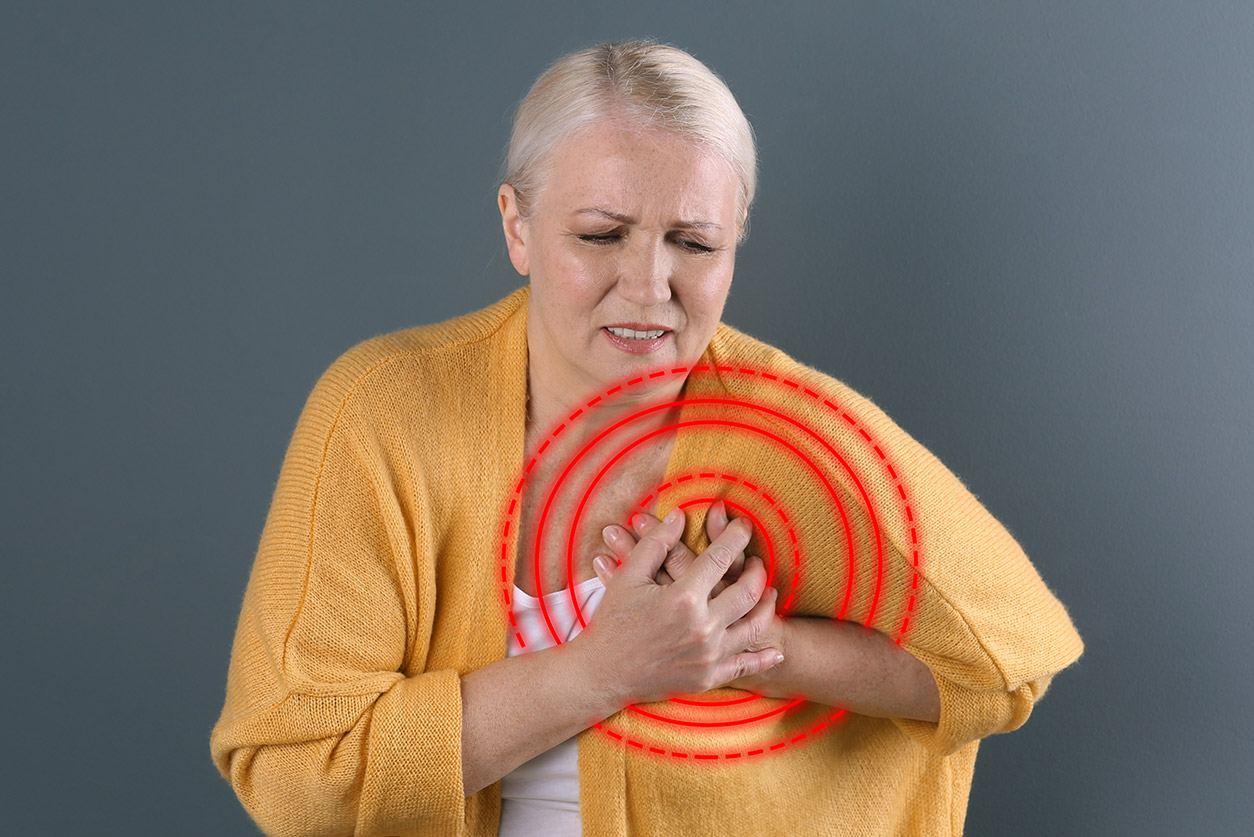
One common symptom of CAD is angina. Angina is a chest pain that creates a pressure-like sensation on your chest. Occasionally, this can move towards your back, jaw, neck, shoulders or arms. It can be excruciating and even wake you up from a sound sleep. This is caused by ischemia, which is when your heart is not getting enough blood with oxygen, causing cramps.
Because of the level of pain related to angina, it can be hard to tell if you are suffering from an actual heart attack – especially because both involve the following symptoms:
- Sweating
- Weakness
- Dizziness
- Nausea
- Rapid heartbeat
- Palpitations
All sufferers should therefore try to ascertain if the pain changes in quality or lasts more than 15 minutes. If it does, then it is essential that you get immediate medical attention. After all, the quicker you get treatment for a heart attack, the better your chances are of survival.
Can heart disease be treated?
Yes, although treatment should be accompanied by considerable lifestyle changes if you want the medicine to work. It is also worth mentioning that not all heart medicines will necessarily work for you, so it may take you and your doctor a short while before you find the best solution for your heart. These solutions include:
Blood-thinning medication – Drugs like aspirin and clopidogrel help to reduce the risk of a heart attack by thinning your blood and preventing it from clotting.
Statins – If you suffer from high cholesterol, statins like atorvastatin or pravastatin lower it by increasing the number of low-density lipoprotein (LDL) receptors in your liver. This removes LDL cholesterol from your blood.
Beta blockers – Atenolol, bisoprolol and metoprolol are all beta blockers used to block the effects of a particular hormone in the body in order to slow your heart rate and ease angina.
Nitrates – Used to widen your blood vessels, nitrates come in tablets, sprays and skin patches. This widening of vessels allows more blood to pass through your body and relieve pain.
ACE inhibitors – By blocking the hormone angiotensin II, ACE inhibitors prevent the blood vessels from narrowing. Examples include ramipril and lisinopril, both of which ease blood flow and reduce pressure.
How can I reduce my risk of heart disease?

Being physically active and eating a balanced diet are the best prevention methods for heart disease. Diabetes and high blood pressure are both contributing factors when it comes to poor heart health, so by keeping both under control through healthy eating and exercise, you are less likely to develop a more serious condition.
The same is true of taking your medication. If your doctor has prescribed meds and you are struggling to afford them or have difficulty picking them up, try Medix. Our team can explain the stock we hold before delivering your medicine to you in a convenient – and safe – manner. Why wait? Get in touch by speaking to a member of the team today.

